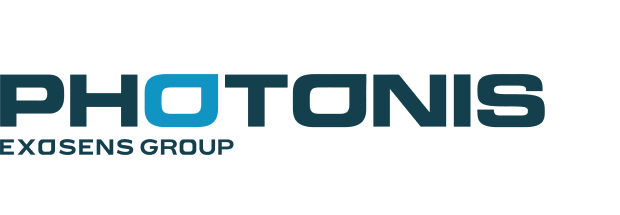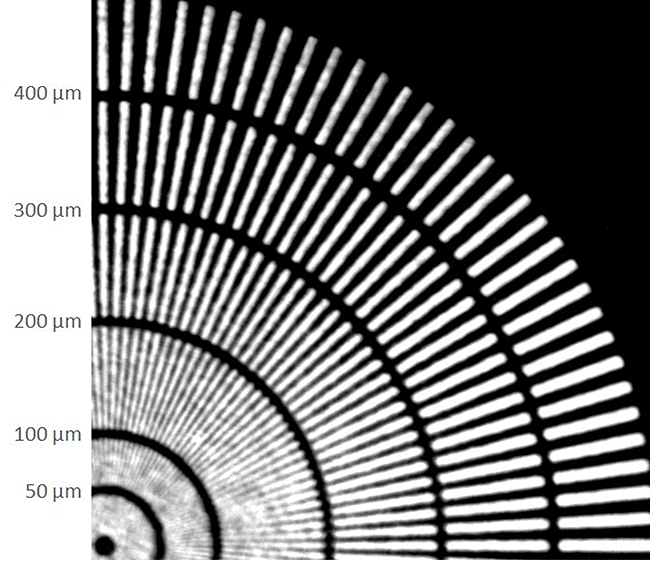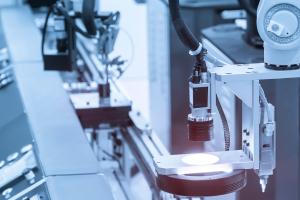

Neutronic [i] Neutron Imager
The Neutronic[i] is a high-efficiency thermal neutron imaging system based on Photonis' patented Microchannel Plate technology. The system provides a very high detection efficiency compared to traditional scintillator-based systems, without a compromise in resolution. With a sensitivity significantly higher than present-day techniques, the Neutronic [i] enables new sorts of imaging studies. Neutron tomography can be done so quickly, that many samples can be scanned the same day, making more efficient use of precious beam time.
Neutronic [i] Neutron Imager
Contact sales or request a quote
Contact usDescription
The Neutronic[i] is a complete imaging system with at its core a 100×100 mm² neutron sensitive Microchannel Plate (MCP). The MCP and a phosphor screen operate in a vacuum chamber that also includes a mirror at 45° relative to the beam axis. The system further includes a turbo pump and pressure gauge, and a controller housing a roughing pump and a high voltage power supply.
Photonis' Neutronic[i] is a configurable detector that can be paired with any suitable camera. Photonis offers the Nocturn range of low-noise CMOS cameras, which are available with a variety of outputs to fit your requirement. The MCP gain is controlled by the high voltage applied, and can be further extended by having more or fewer MCPs in the imaging assembly.
Neutronic[i] Output

![Neutronic[i] Pens](/sites/default/files/inline-images/Neutronic%5Bi%5D%20Pens.jpg)
Additionally, the Neutronic [i] provides large format still images in mere seconds—a fraction of the time it would take using a scintillator-based system. Tomographic reconstructions are available within 60–90 minutes, limiting the exposure time of the sample to the neutron beam. Due to the extraordinarily high detection efficiency, it is even possible to use small neutron sources for imaging; the above image of a steel pen was taken using a DD neutron generator as a source.
The whole system is designed to be configurable, so it serves as a technology platform that can house a different size and shape of imaging assembly, or a different type of readout, to name just a few examples. The materials the detector is made of have been carefully selected to minimize the scattering or absorption of neutrons; they do not become radioactive, and contribute negligibly to background.
What is neutron imaging?
Similar to X-Ray imaging, Neutron imaging is a technique used to enhance sample analysis in the field of Non-Destructive Testing (NDT), as well as in many fundamental research applications. Contrary to X-Rays, which interact with a sample's electrons, neutrons interact with its nuclei. This makes the neutrons isotope-sensitive, a fact that can be exploited to enhance or suppress certain contrasts.
Neutrons are attenuated by some light materials such as hydrogen, carbon, lithium, etc., and can penetrate heavy materials such as metals and ceramics. As the neutron beam passes through the sample, the neutrons are attenuated in accordance with the sample composition or its geometrical form, generating a high-contrast image for clearer sample analysis.
Introducing a NEW dimension to Non-Destructive Testing – Neutronis

